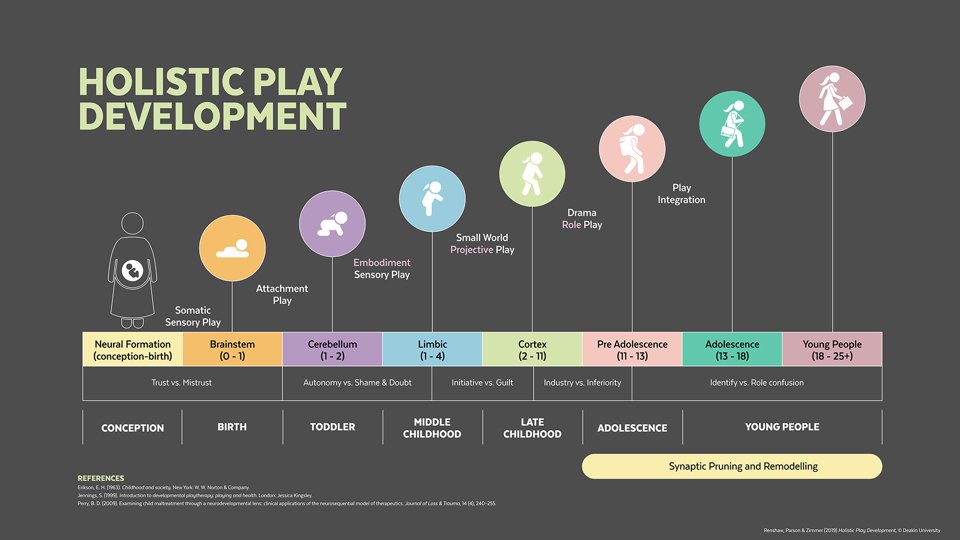“Play turns out to be so stunningly essential to childhood; it’s like love, sunshine, and broccoli all juiced together.”
HUMANISTIC PLAY THERAPY
Humanistic play therapy is an evidence-based non-directive modality of play therapy in which the play therapist provides a 1:1 safe space for children to explore their inner psyche through play. Each session is child-led and child-centred. The child uses interest-based toys to process and integrate their challenging thoughts to allow them to translate this integration into their psyche which aims to equip them to cope more effectively in their everyday lives. The play therapist uses tracking and empathic reflection to foster attunement using unconditional positive regard throughout each session. Throughout the play therapy journey, a play therapist hopes that by using the above therapeutic play skills a child begins to forge a strong and positive sense of self which can have a flow-on effect into every aspect of their young life.
This child-centred play therapy approach can support a child to use different methods of play such as sensory, attachment, industrious, miniature small world and role play to work through the stages of play therapy. Cochran, Nordling and Cochran theorise that there are 4 stages of play therapy a child works through over the duration of their play therapy intervention: warm-up, aggressive, regressive and mastery stages. Norton and Norton concluded that children go through five stages of play therapy: exploratory stage, testing for protection, dependency stage, therapeutic growth stage and termination stage.
Byron and Norton (1993), revealed that most children can experience noticeable therapeutic growth in 18-22 weekly sessions.
Not only do play therapists rely on evidence-based theory to hypothesise which stage a child appears to be in during their sessions, they can also use play therapy theory to suppose the play elements a child is immersed in and the themes a child plays into. Each theme can be related back to a stage of development, which allows the play therapist to consider what the child might be attempting to symbolise and communicate through their play.




